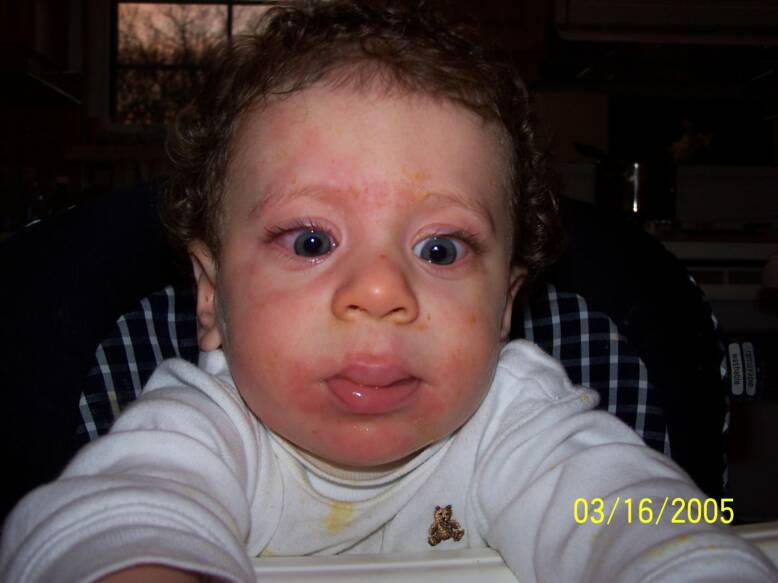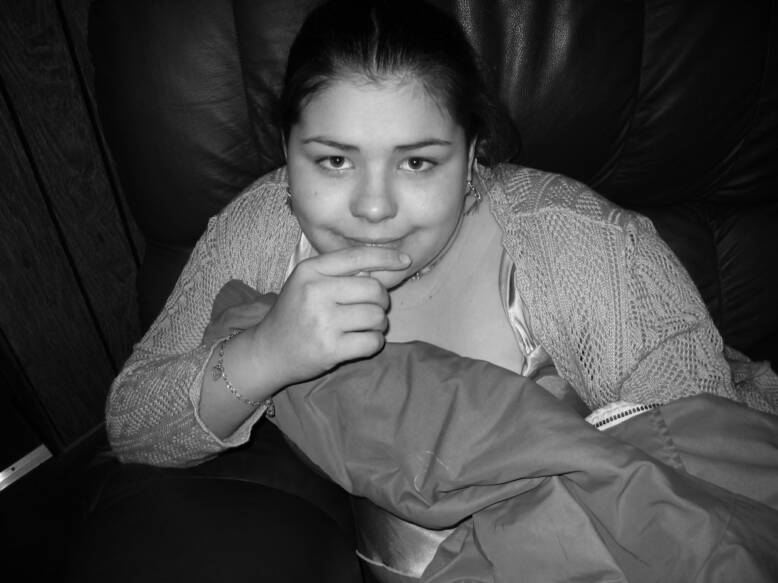Facts about Food Allergies
Click on the Green links
A food allergy is when the body mistakenly recognizes a food protein as harmful and starts to release histamines/chemicals.
Anaphylaxis is a serious allergic reaction that is rapid in onset and may cause death. Anaphylaxis leads to a drop in blood pressure, loss of consciousness and ultimately death.
An individual can be Anaphylactic to:
food, bees, latex & medicines.
9 foods account for 90% of food-allergic reactions in the U.S.
(according to the FDA).
Milk
Eggs
Peanuts
Tree Nuts (i.e. walnuts, cashews, pecans, Brazil Nuts, etc.)
Wheat
Soy
Fish
Shellfish
Sesame
How to recognize the Symptoms
of an Allergic Reaction
1. Respiratory - reduced blood pressure or difficulty breathing.
2. GI symptoms - Diarrhea, vomiting or cramping.
3. Skin - Hives. Swelling of eyes, ears or mouth.
Food Allergies are on the rises in the U.S.
- Has Doubled in the past 10 years (Source: Today Show)
- Affects 1 out of every 25 people (Source: Today Show)
- affects 33 Million Americans (Source: FARE)
- kills approximately 200 people annually (Source: FARE)
- over 30,000 ER visits a year among children (Source: FARE)
- 6.6 Million have the Seafood allergy (Source: Today Show)
- By age 5, 600,000 Americans are affected by the Egg Allergy (Source: Newsweek 11/5/07)
- 1.8 Million have the Peanut/Tree Nuts allergies (Source: Newsweek 11/5/07)
- 5.9 US kids have food allergies. 38% of US kids are allergic to peanuts (25%) and tree nuts (13%). 21% Milk, 17% Shellfish, 10% Eggs. (Source: 2011 study - timeforkids.com.)
Cause of Accidental Exposure
1. not reading labels (every time)
2. sharing foods (kids at school/parties)
3. inaccurate labeling (sign up for FARE Special Allergy Alert Notices)
4. Cross Contamination (trace of allergen)
- One can have a reaction from touch, smell or even a kiss,
if exposed to a mucous membrane (eyes, nose or mouth).
- Do not share straws, cups, utensils. (Source: FARE)
What is Oral Allergy Syndrome?
Disclaimer: PAK is not a professional or medical organization. It is a group of parents sharing information and supporting each other. The discussions, meeting minutes, handouts, guest speakers, agendas, and other products of our support group do not constitute medical/legal advice and should not be relied upon as such. Always discuss individual health questions and medical issues with a qualified personal physician
Does your child have severe food allergies?
You've come to the
right place.
"Before" picture
*"After" picture
* This is one child's allergic reaction from consuming a milk product. It also was his very first reaction that led to his diagnosis.
Please note that allergic reactions can be different in every case. Consult your physician to learn more regarding your child's food allergies.
Coping Tips:
1. Focus on the positive
2. You are not alone
3. Ok to ask for help
4. Have faith
5. Cuddle time
6. You're only human
7. Okay to cry
8. Make 'Me' time
9. Play music
10. Date night
11. Keep smiling
12. Find a hobby
13. Celebrate life
Emily Vonder Meulen
died April 13 '06
13 years old from cross contamination at a restaurant.
visit Foodallergyangel.com
Sabrina Shannon
died, Sept. '03
13 years old died from cross contamination at a school cafeteria.
Chris Weiss, from FAAN, presented an interesting study at the conference (5/09). School nurses in Massachusetts tracked whenever epinephrine was administered in school over a 2 year period.
Some of the statistics that are most relevant are:
1. 87.4% of the time the epinephrine was administered by an RN, 6.1% self-administered, 5% given by others
2. 56.7% the likely trigger was Peanuts/Tree Nuts.
3. 47.9% of the administrations of epinephrine happened in the Classroom, 16.4% Other (school bus, hallway, gym, staff room, & library.
This information confirms that there is too much "food" in the classroom and that epinephrine should probably follow the allergic child throughout the day. Routine hand washing or wiping is necessary. Written individual management plans are ALWAYS recommended such as an IHP, IEP or 504 Plan. There is a need for a standing order for the undiagnosed.







